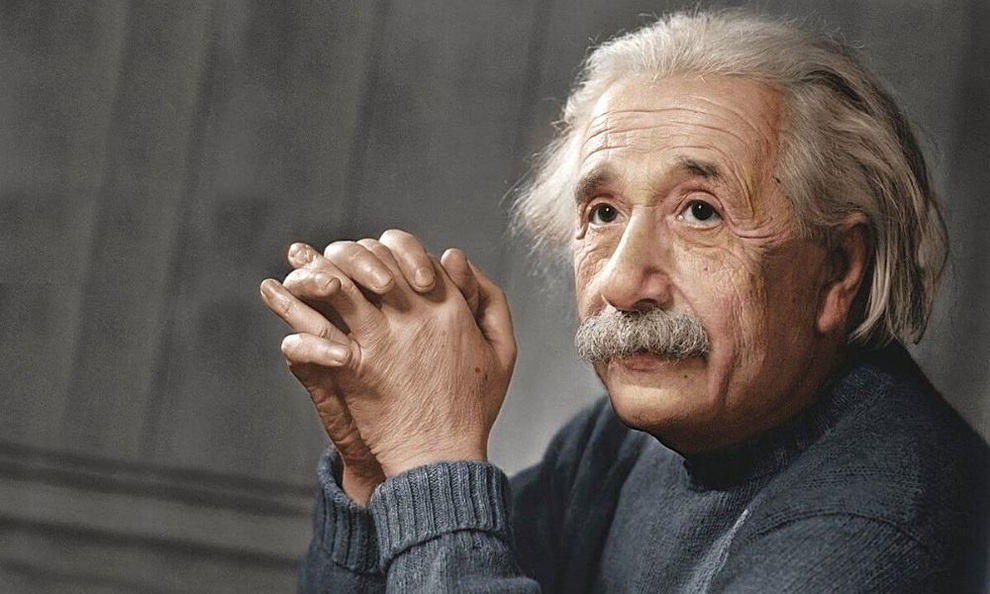
Albert Einsteins Legacy: A Look at the Scientists Lasting Impact on Modern Physics
Albert Einstein's Legacy: A Look at the Scientist's Lasting Impact on Modern Physics
Albert Einstein is a name that resonates with brilliance and innovation in the realm of science. His legendary contributions to physics, particularly his theories of relativity, have redefined our understanding of space, time, and gravity. Beyond just his scientific achievements, Einstein's legacy permeates modern culture and continues to influence countless fields, from technology to philosophy. This blog explores the lasting impact of Einstein's work and how it shapes today's scientific landscape.
The Revolutionary Theories of Relativity
Einstein is best known for his special theory of relativity, published in 1905, and his general theory of relativity, published in 1915. The former introduced the idea that time and space are intertwined, forming a four-dimensional continuum. This groundbreaking concept shifted the paradigm of physics and challenged classical mechanics, leading scientists to consider the universe from a new perspective. Einstein's later work on general relativity further expanded our comprehension of gravity, providing a revolutionary view that it is the curvature of spacetime rather than a force acting at a distance. These theories remain foundational to modern physics, influencing everything from our understanding of black holes to the mechanics of the universe itself.
Impact on Quantum Mechanics
Einstein's legacy is not solely confined to relativity. His work significantly impacted the development of quantum mechanics as well. Although he famously expressed skepticism about some interpretations of quantum theory—most notably through his quote, "God does not play dice with the universe"—his contributions were crucial to its development. Einstein's explanation of the photoelectric effect, for which he received the Nobel Prize in 1921, illustrated the particle-like properties of light and laid the groundwork for quantum theory. Today, concepts initially put forth by Einstein continue to influence the study of phenomena at atomic and subatomic levels, demonstrating that even his doubts helped shape modern scientific discourse.
Cultural and Educational Influence
Beyond the scientific community, Einstein's legacy has had a substantial cultural impact, making him a symbol of intellectual pursuit and discovery. His face is universally recognized, and his ideas are frequently referenced in popular culture, art, and literature. Albert Einstein's influence extends into education, where his insights encourage new generations of scientists and thinkers. Numerous educational institutions and research centers around the world honor his name and principles. Additionally, unique outlets—such as the Albert Einstein Store—celebrate his legacy by offering books, posters, and other merchandise that teach and inspire others about his groundbreaking work and ideas. This store acts as a bridge connecting Einstein's timeless concepts with modern audiences, ensuring that his philosophy and science reach far beyond the nature of his discoveries.
Conclusion: A Lasting Legacy
Albert Einstein's contributions have left an indelible mark on the canvas of physics. His revolutionary theories continue to be the cornerstone of modern scientific understanding, influencing various disciplines and igniting curiosity in learners worldwide. As we delve further into the mysteries of the universe, Einstein's insights encourage ongoing exploration and discovery. His legacy is not just a story of past achievements; it is a living influence that will shape the future of science for generations to come. Through resources like the Albert Einstein Store and educational initiatives, we can keep the spirit of Einstein alive, inspiring new minds to explore the fascinating realms of physics and beyond.
.png)